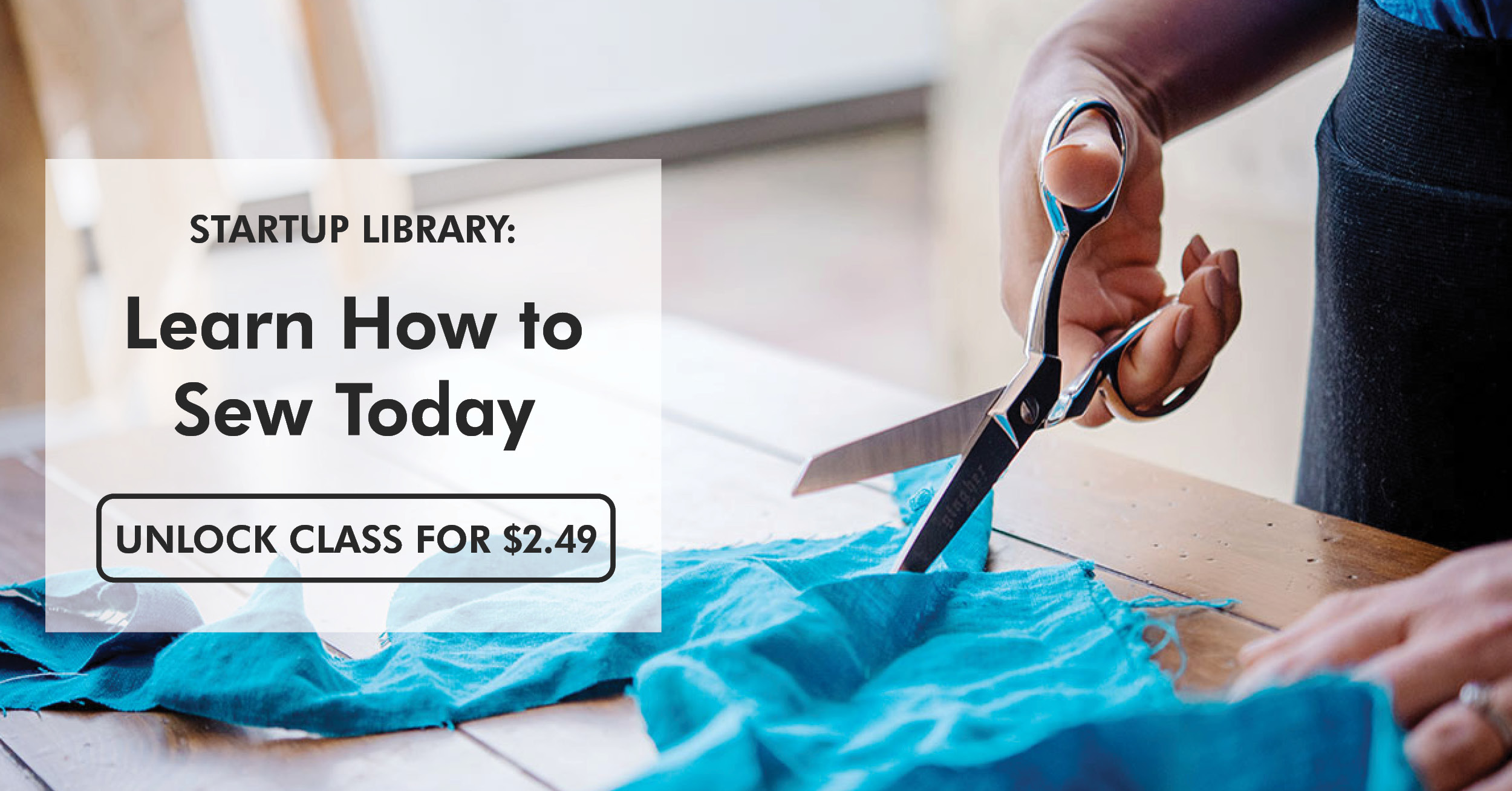
Sheer fabrics like muslin and chiffon add a touch of easy-breezy elegance to any look, but they can be a pain to sew. They can bunch up from the first stitch and mess up your technique so you think you’ll never sew a straight seam again. Or they can sink into the needle plate, making it nearly impossible to backstitch seams so they don’t come undone.
We’ve got a fix for you. Actually, make that three fixes. Read on for the details.
Is Your Machine Up for the Job?
Before trying any technique, you want to make sure your sewing machine is up to the task. Take a scrap of chiffon or muslin and test to see if the needle is sharp enough. If the fabric snags or the machine skips stitches, replace the needle with a #70 needle. You can use a Teflon presser foot, which glides more easily over see-through fabrics, or a walking foot, which helps prevent sheers from shifting.
The Techniques
1. The Tissue-Paper Trick
What It Does: Prevents fabric from sinking into the needle plate and bunching up as you begin to sew.
How To Do It: Pin a small strip of tissue paper under the seam line to balance the fabric, making sure to place the paper an inch or two above the top edge. The tissue acts as a running board as you start stitching on it. When the seam’s complete, tear the tissue away.
2. Securing the Seam
What It Does: Avoids having to backstitch at both the seam’s start and end, which is nearly impossible to do with sheers. Instead, you stitch the first and last quarter inch of the seam using small stitches to keep seams from opening up.
How To Do It: At the start of the seam, reduce the stitch length to a small 1.0-1.5 mm setting. Gently pull the thread tails to keep the fabric from sinking into the needle plate, then stitch the first quarter-inch using small stitches. Once you’ve passed the quarter-inch mark, raise the stitch length to the normal setting and stitch the seam. To lock the seam at the end, reduce the stitch length for the last quarter inch by going back to the smaller setting.
3. The Stitch-Starter Method
What It Does: Stabilizes the fabric and prevents it from sinking into the needle plate.
How to Do It: Stitch starter is just a fancy name for using a small scrap of the sheer as a running board. (If you’re sewing tulle, say, use a piece as your stitch starter.) Start the seam by stitching on the scrap. When the stitching reaches the end of the piece, insert the real material so it butts up against the scrap. Continue sewing forward one quarter inch, then backstitch to lock the seam , then forward again to complete the seam. Once the seam is complete, separate the larger fabric from the scrap piece.
Pick your method and give it a go. Sheer genius!


Thank your for showing all three methods. I just knew two of them. This was great.
Thanks it's very helpful
How do we match our clothes to make us more elegant and fashionable in life and work: https://sunnsky.com/ Clothing matching needs to be based on our body shape. It is important to modify our weaknesses and show our strengths. The matching of clothing colors also requires some knowledge.